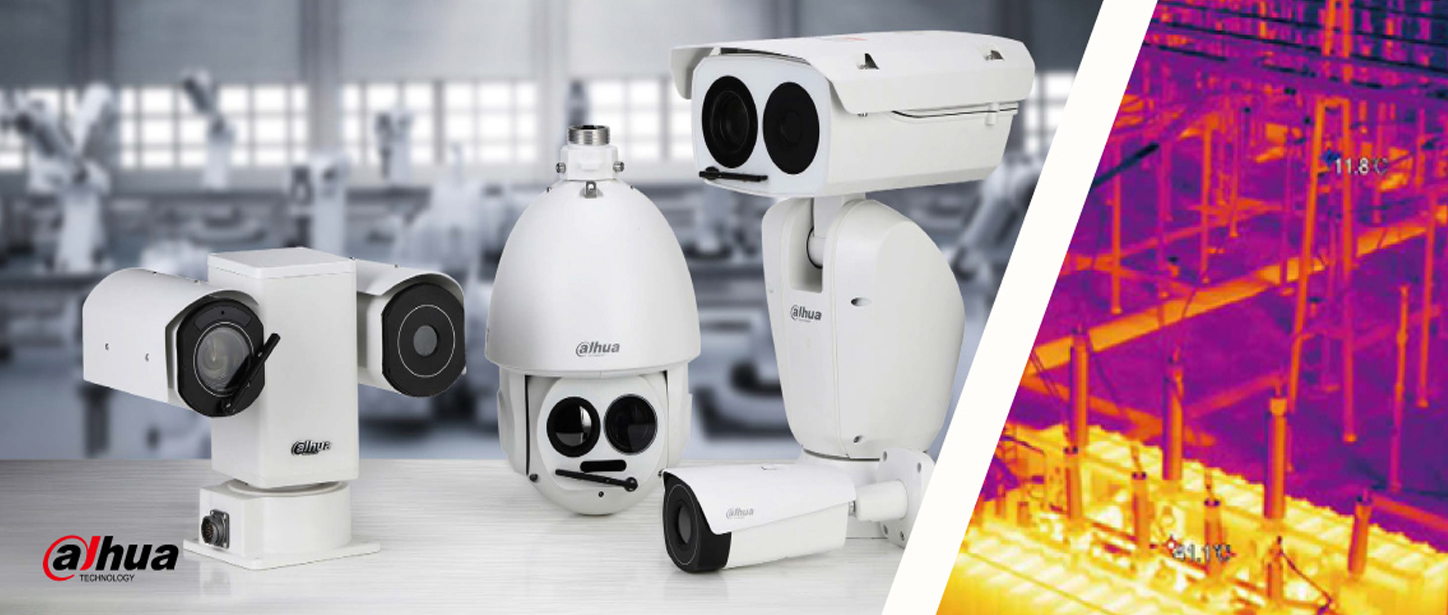Dahua’s Thermal Camera
Dahua’s thermal camera range covers both thermal and hybrid (Thermal + Visible) cameras to meet different user demands. Thermal cameras are widely used in applications such as perimeter protection, protection of key components (electrical facilities, gas pumps, etc.) and over-heating detection in critical infrastructure, forest fire prevention, and other scenarios. Thermal cameras, which do not require a light source, are excellent for providing enhanced coverage in in diverse environments, such as those with harsh conditions or extreme darkness. An addition feature, thermal cameras have long range detection and temperature measurement capabilities, allowing them to be used in conjunction with visible light cameras to achieve all-weather, comprehensive surveillance.
The minimum illumination of Dahua vs. Hikvision IP cameras is also a matched game. Minimum illumination refers to the measurement of the minimum amount of light required for a CCTV camera to generate viewable images. One of the most important feature to compare is Camera lenses . The security cameras produced by both Hikvision and Dahua each allow multiple fixed lenses with different focal lengths. However, while Hikvision has 2.8mm, 4mm and 6mm, 8mm and 12mm lenses, Dahua offers only the choice of 2.8mm, 3.6mm and 6mm lenses. If you find more options, Hikvision is the front-runner. If we compare Hikvision camera and Dahua camera both have same weight but their dimensions is different. Hikvision cameras have a dimension of 4.4 inches × 3.2 inches, while Dahua’s camera is 4.33 inches × 3.19 inches.
The thermal camera coupled with the blackbody calibration device and a feature-rich 4 TB Network Video Recorder delivers a contactless solution for continuous and non-invasive comparison of human skin temperature compared to the blackbody device. Thermal Temperature Monitoring technology enables quick detection of elevated skin temperatures compared to the customizable blackbody calibration device. Thermal imaging equipment can easily be installed and implemented to detect elevated skin temperature in environments such as airports, hospitals, clinics, office buildings, cruise ships, and any large public gathering location.

